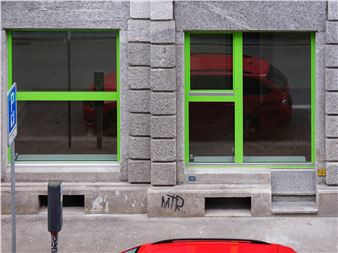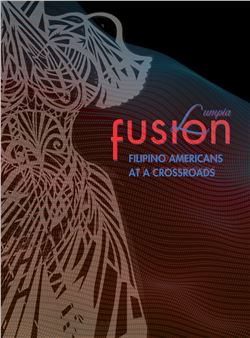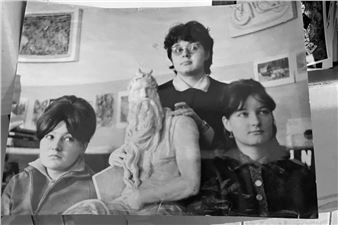The Parasite of Hope
How does contemporary art contend with its own perceived marginality ā with the disheartening awareness that its critical and activist potential is readily absorbed by existing political structures, that gestures of revolt are swiftly commodified, and that its voice often seems muted in an age marked by war and the resurgence of authoritarian ideologies? In response to this prevailing scepticism, the exhibition foregrounds forms of (seeming) escapism.
However, rather than retreating into speculative worlds, pop-cultural pastiche or neo-rural romanticism, these gestures remain anchored in the immediacy of lived experience ā the here, the now, the provisional. Within this landscape of retreat, hope emerges as a recurring yet ambivalent motif. It appears as both a consoling belief and a latent threat ā one that binds and immobilises, operating as a mechanism of self-deception and potential self-erasure. What presents itself as luminous and reassuring may, under scrutiny, reveal its parasitic nature.
Lena Andersson articulates this tension with poignant clarity in her novel Wilful Disregard: "When the parasite of hope is removed from its host, the host either dies or is set free." In Anderssonās narrative, hope is tethered to romantic longing. Transposed into the context of this exhibition, it becomes a metaphor for the aspirations placed upon art in its socially transformative capacity. To relinquish hope in the fulfilment of that role does not preclude its reformulation ā on the contrary, it may open space for its radical reassertion.

Recommended for you
How does contemporary art contend with its own perceived marginality ā with the disheartening awareness that its critical and activist potential is readily absorbed by existing political structures, that gestures of revolt are swiftly commodified, and that its voice often seems muted in an age marked by war and the resurgence of authoritarian ideologies? In response to this prevailing scepticism, the exhibition foregrounds forms of (seeming) escapism.
However, rather than retreating into speculative worlds, pop-cultural pastiche or neo-rural romanticism, these gestures remain anchored in the immediacy of lived experience ā the here, the now, the provisional. Within this landscape of retreat, hope emerges as a recurring yet ambivalent motif. It appears as both a consoling belief and a latent threat ā one that binds and immobilises, operating as a mechanism of self-deception and potential self-erasure. What presents itself as luminous and reassuring may, under scrutiny, reveal its parasitic nature.
Lena Andersson articulates this tension with poignant clarity in her novel Wilful Disregard: "When the parasite of hope is removed from its host, the host either dies or is set free." In Anderssonās narrative, hope is tethered to romantic longing. Transposed into the context of this exhibition, it becomes a metaphor for the aspirations placed upon art in its socially transformative capacity. To relinquish hope in the fulfilment of that role does not preclude its reformulation ā on the contrary, it may open space for its radical reassertion.

 ARTISTS
ARTISTS
















